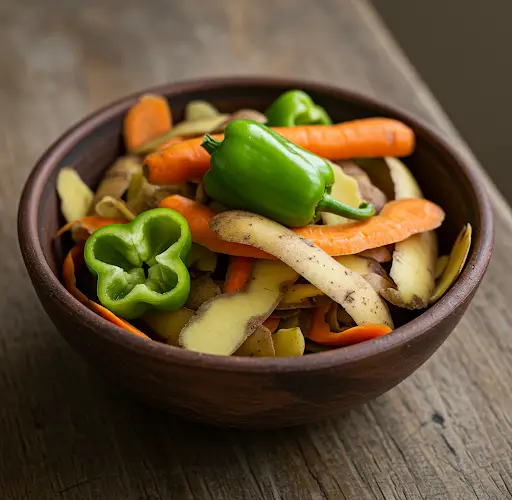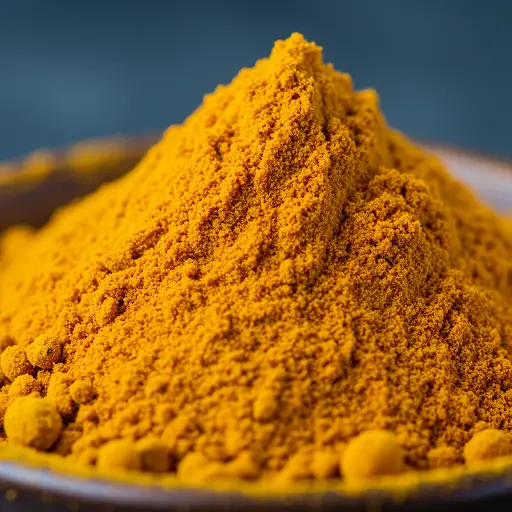How to Turn Leftover Soil and Vegetable Scraps into Liquid Fertilizer for Your Garden
When harvesting vegetables grown underground, the natural instinct is to clean them thoroughly before consumption. However, did you know that the soil clinging to the roots and the root balls of these vegetables is packed with beneficial microbes? These microbes can help other plants in your garden grow stronger and faster. Instead of letting these valuable microbes go to waste, you can turn them into a powerful tool to enrich your garden. Here’s how you can do it.
The Secret Treasure in the Soil
When you pull vegetables like carrots, radishes, or potatoes out of the ground, a small amount of soil typically comes along with them. This soil is not just dirt—it’s teeming with a rich diversity of beneficial microbes that are crucial for healthy plant growth. These microbes help decompose organic matter, improve soil structure, and promote nutrient cycling, making the soil more fertile.
Most gardeners wash their vegetables in the sink, letting all that beneficial soil and the helpful microbes go down the drain. However, there’s a much better way to handle this valuable resource. By capturing and using the microbe-rich water, you can give your garden a natural boost.
Step 1: Collect the Microbe-Rich Water
The first thing you need is a clean bucket filled with non-chlorinated water. Chlorine can harm the beneficial microbes, so it’s important to use water that is free from chlorine.
Once your bucket is filled, wash your freshly harvested vegetables in it. As you clean off the soil, the beneficial microbes that were on the roots will mix into the water, creating a microbe-rich solution. This is already a valuable resource that can enhance plant health and growth. Instead of tossing the water away, you can use it directly in your garden.
Step 2: Transform the Microbe-Rich Water into a Liquid Fertilizer
You can make your microbe-rich water even more powerful by turning it into a nutrient-rich liquid fertilizer. To do this, take any vegetable scraps you don’t plan to eat, such as carrot tops, radish leaves, or outer cabbage leaves, and chop them up. Add these vegetable scraps directly into the bucket of microbe-rich water.
Chopping the scraps into smaller pieces helps speed up the breakdown process. This step ensures that no part of your harvest goes to waste while enhancing the nutrient content of your liquid. Vegetable scraps contain essential nutrients like potassium, phosphorus, and nitrogen, which are key to plant growth.
Step 3: Ferment the Mixture
After adding the vegetable scraps to the water, cover the bucket with a lid, but leave it slightly loose to allow airflow. Oxygen is necessary for the fermentation process, so don’t seal the bucket tightly. Place the bucket in a shaded spot where it won’t be disturbed and let it sit for about seven days.
During this fermentation period, the microbes in the water will break down the vegetable scraps, releasing valuable nutrients into the water. You may notice some bubbling or a strong smell, which indicates that the fermentation process is working.
Step 4: Dilute and Apply the Liquid Fertilizer
After the seven days have passed, your homemade liquid fertilizer is ready to use. However, before applying it to your plants, it’s important to dilute it. The liquid will be concentrated, so the recommended dilution ratio is one part liquid fertilizer to 10 parts water. This ensures that your plants receive the right amount of nutrients without overwhelming them.
Once diluted, you can apply the fertilizer in two ways. You can pour it directly onto the soil around your plants, or you can use it as a foliar spray to give your plants a nutrient boost through their leaves. Either way, your plants will benefit from the nutrients, resulting in healthier growth, faster development, and potentially bigger harvests.
Why This Method Works
This process not only recycles the nutrients from your harvested vegetables but also makes your garden more sustainable. By turning vegetable scraps and soil microbes into a liquid fertilizer, you create a closed loop of growth and renewal in your garden. The microbes that were once on the roots of your vegetables are now helping to nourish and enrich the soil, promoting a healthier environment for future plant growth.
Additionally, this method reduces waste. Instead of discarding vegetable scraps or letting the beneficial microbes go to waste, you’re putting them to good use in your garden, making the most out of everything you grow. It’s a simple and natural way to improve soil health and boost plant vitality without the need for synthetic fertilizers.
Conclusion
Next time you pull vegetables like carrots, radishes, or potatoes from the ground, remember that the soil attached to their roots is not just dirt—it’s a treasure trove of beneficial microbes that can help your garden thrive. By following this simple process, you can turn the leftover soil and vegetable scraps into liquid gold for your plants. This sustainable, natural fertilizer will enrich your soil, promote healthy plant growth, and help your garden flourish.
By using this method, you’ll not only be recycling what would otherwise be waste, but you’ll also be contributing to a healthier, more sustainable garden. So, the next time you harvest vegetables, don’t just clean them—capture the power of microbes and turn your garden’s waste into valuable, nutrient-rich fertilizer.



